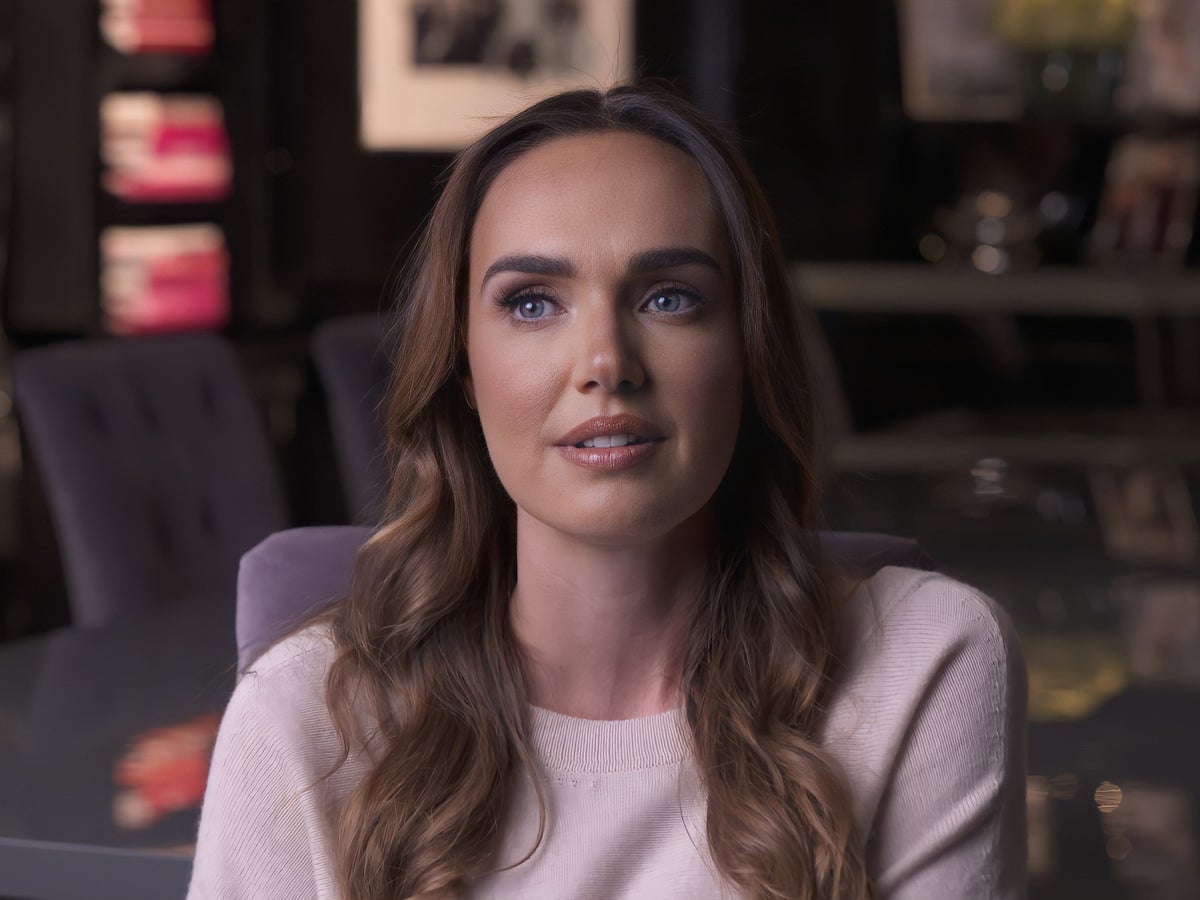
In recent years, British film and TV has enjoyed a renaissance of the heist as a form of redistributive justice. King of Thieves, starring Michael Caine, told the story of how a ragtag band of old-timers robbed Hatton Garden, while, earlier this year, the late Roger Michell directed The Duke, a crowd pleaser about the theft of a Goya painting. Perhaps the next big-screen adaptation will tell the story brought to life, pleasingly inquisitively, in BBC Three’s Who Stole Tamara Ecclestone’s Diamonds?
Tamara Ecclestone, in case you didn’t know, is the daughter of billionaire Bernie Ecclestone (who has, this month, been charged with tax fraud). Having previously sought fame as a reality TV star, she now lives a quiet, if rarefied, life in a mansion in Kensington Park Gardens, with her husband Jay, and their kids. While they’re away in Lapland for a Christmas treat, their house is burgled, and the intruders escape with £20m worth of jewellery and watches. What follows is not a celebration of their audacity, but the pan-European story of how the thieves were, eventually, snared by British police.
Ecclestone is an unsympathetic central figure. Shot in glossy, manicured close-up, she attempts to convey the trauma of losing a small fraction of her possessions (“It was a lifetime’s worth of jewellery,” husband Jay solemnly declares, even though his wife is visibly decked out in more bling than a darts player) while finding time to stick the boot into the small-time crooks. “Jay showed me a photo of a lady, if you could call her that” she says of Maria Mester, a Romanian escort pegged as an accomplice in the crime. “That bitch was wearing my jewellery.”
Ecclestone’s contempt for Mester is balanced by a quite extraordinary portrait of this low-level Italian crime syndicate. Three of the four burglars are convicted (you will have to watch to find out what happens to the last one). But the four members of the support team – Mester, Alexandru Stan, Emil Bogdan Savastru and Sorin Marcovici – successfully convince a jury that they helped the burglars without knowing about the burglaries. This opens the door for the filmmakers to interview them.
Mester herself is filmed smoking in the small garden of a terraced house in suburban Neasden – a far cry from Kensington. When the interviewer brings up the fact that her son, Bogdan, was also implicated in the crime, she nearly breaks down. “Bogdan for me, my life,” she chokes out. “No Bogdan, no nothing for me.” It is clear that the impact the case has had on the accused is much larger than a few lost bracelets. “In a matter of seconds, my life was turned upside down and destroyed,” says Alexandru, who faced a jury trial for having booked the burglars a taxi.
You hardly need to be a Trotskyite to smell something unfair in all this. In the days after the robbery, the perpetrators head to Zuma, a Japanese restaurant in Knightsbridge, and have an £800 dinner, a fact that is widely lampooned by the police and journalists. But for the audience there is a necessary tension: are we supposed to be angry at them for spending one night of their lives living like Tamara Ecclestone does every night? These men are no Robin Hoods – one is filmed in a large hotel in Romania, nicknamed “Castle Transylvania”, which is crammed full of designer goods; another commits the documentary’s most serious crime, sending an unsolicited dick pic – but their aspirational pursuit of luxury is based on exactly the sort of lifestyle the Ecclestone clan has become famous for promoting.
In the end, they are brought down by a combination of dogged police work (“They had no idea that one of the best law enforcement agencies in the Metropolitan police would be hunting them down,” a policeman announces, modestly) and their own stupidity. But the lasting impression of Ben Bryant’s documentary is a tale of haves and have-nots. Asked what she would like to tell the gang, Ecclestone responds: “That they are disgusting. I just find it sickening that people are such low lives.” As she says this, the string-infused score swells emotively, but it’s hard not to imagine those notes being played on the world’s smallest violin.







